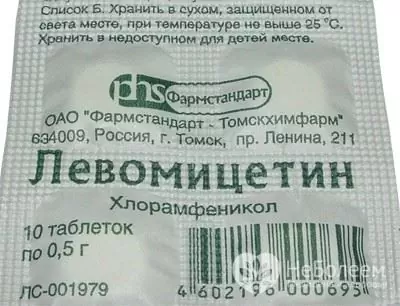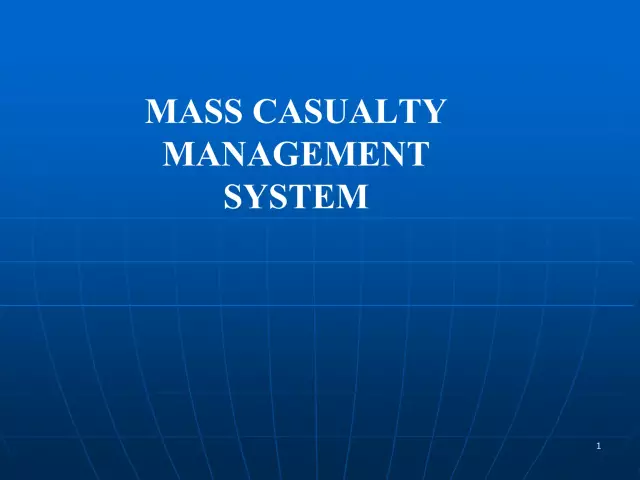- Author Rachel Wainwright [email protected].
- Public 2023-12-15 07:39.
- Last modified 2025-11-02 20:14.
Botulism
Overview of Infection

Botulism is an infectious disease that is caused by anaerobes - the rods of botulism. They are widespread in nature and can persist in the soil for a long time in the form of spores. In the human body, botulism develops after eating contaminated food - vegetables, fruits, grains, meat and fish. Eating canned foods is especially dangerous. Without oxygen, anaerobes begin not only to multiply rapidly, but also to secrete a special toxin - one of the strongest bacterial poisons. It does not decompose in the stomach and intestines, and in some cases (for example, type E toxin) even enhances its effect under the influence of intestinal juice.
The risk of catching botulism increases significantly with the use of canned food, salted fish, ham, sausages, mushrooms and homemade pickles prepared in violation of the technological process. In particular, without full heat treatment of food, the causative agent of botulism can persist for many years without losing its ability to reproduce.
At the moment, researchers know 6 types of anaerobes, and all of them produce potent specific toxins. The level of botulism sticks in food depends on the concentration of salt and sugar, as well as on the acidity level of canned foods.
Botulism - disease symptoms
The incubation period of botulism lasts from 2-3 hours to 1-2 days. The initial symptoms of botulism are:
- general weakness;
- minor headache;
- obstinate constipation, which does not relieve enemas and laxatives. Diarrhea with botulism is much less common;
- nausea, vomiting;
- voice changes, visual impairment and difficulty swallowing due to damage to the central nervous system.
Patients begin to see all objects as if "in a fog". In people, pupils dilate (with one wider than the other), double vision appears in the eyes. Very often botulism leads to strabismus and ptosis - drooping of the upper eyelid. In some cases, with a disease of botulism, a person has no reaction to light (the phenomenon of accommodation). In the future, the causative agent of botulism leads to a rapid progression of the disease with the appearance in patients:
- dry mouth;
- heart rate changes (at first slow, then very fast);
- lowering blood pressure;
- germination of spores into the intestines of a sick person.
The body temperature of those infected with botulism remains within normal limits, therefore, focal changes in the eyes remain the main symptom of the disease. Gastrointestinal syndrome (nausea, vomiting, abdominal pain, constipation or diarrhea) persists for 1-2 days, and then is replaced by neurological symptoms (swallowing disorders, dry mouth). Those with botulism experience general weakness, note the presence of a "mesh" in front of the eyes. When diagnosed with botulism, symptoms often indicate multiple digestive disorders. Patients cannot normally swallow food, and with paresis of the soft palate, liquid food is generally poured out through the nose. If botulism is accompanied by paralysis of the muscles of the larynx, then aphonia and other serious complications may develop.
In severe cases, botulism is often fatal due to paralysis of the respiratory muscles. But even with a favorable outcome of treatment in people who have undergone botulism, there are such unpleasant consequences as: muscle weakness, asthenia, neuritis, toxic myocarditis and pneumonia.
Diagnosis of the disease
An accurate diagnosis is made based on epidemiological data and characteristic clinical symptoms. They help to identify botulism and laboratory research methods (RIGA, bioassays, crops), which are necessary to clarify the type of pathogen and subsequent serotherapy. Remember that botulism is deadly with a high dose of toxin (over 0.3 mcg). The prognosis depends on the timing of the visit to the doctor and the administration of anti-botulinum serum.
Botulism - disease treatment

In case of food poisoning, first aid measures are of great importance. A botulism patient should be given saline laxatives, peach or some other vegetable oils to bind toxins, and also wash the stomach with sodium bicarbonate solution (baking soda). In addition, if there is any suspicion of botulism, treatment involves the prompt administration of anti-botulinum serum and immediate hospitalization of the patient. In the treatment of botulism in a hospital, laboratory tests are performed to determine the type of exotoxin, after which specialists use monoreceptor antitoxic serums directed against a specific type of toxic substance. If it is not possible to determine the type of toxin, then multivalent serums are used - a mixture of drugs that act immediately on all types of anaerobes.
Since the causative agent of botulism affects the vital systems of the body, careful constant care is organized for patients. According to the indications, they are assigned measures to maintain physiological functions and the use of breathing apparatus. For significant swallowing disorders, it is advisable to use tube feeding or nutritional enemas. Chloramphenicol and adenosine triphosphoric acid (in the first 5 days of treatment) are used as adjuncts for the treatment of botulism.
YouTube video related to the article:
The information is generalized and provided for informational purposes only. At the first sign of illness, see your doctor. Self-medication is hazardous to health!






